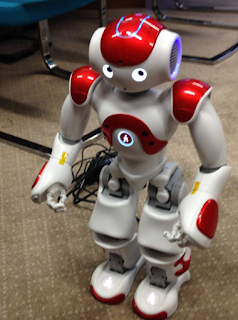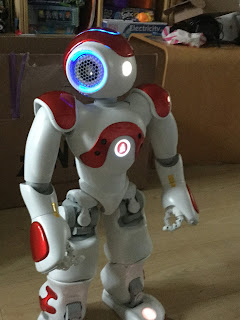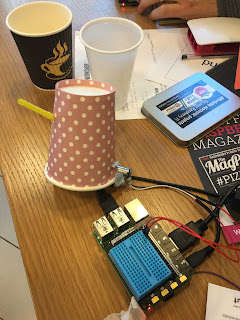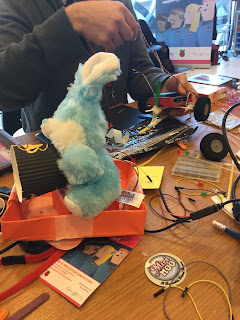- Mistake number 1 - I hadn't set a channel for all the apps so it was reacting to sounds and movement but not much more. So I set it.
- Mistake number 2 - not understanding the meaning of the changes in the colour of the eyes, when the eyes go blue NAO is listening.
Now it does what I was after - to be lead by the hand using the follow me app and react to some vocal commands. The video below shows "Red" in action.
I would be interest in others experiences with these robots, if you would like please add your comments below.
All opinions in this blog are the Author's and should not in any way be seen as reflecting the views of any organisation the Author has any association with.









